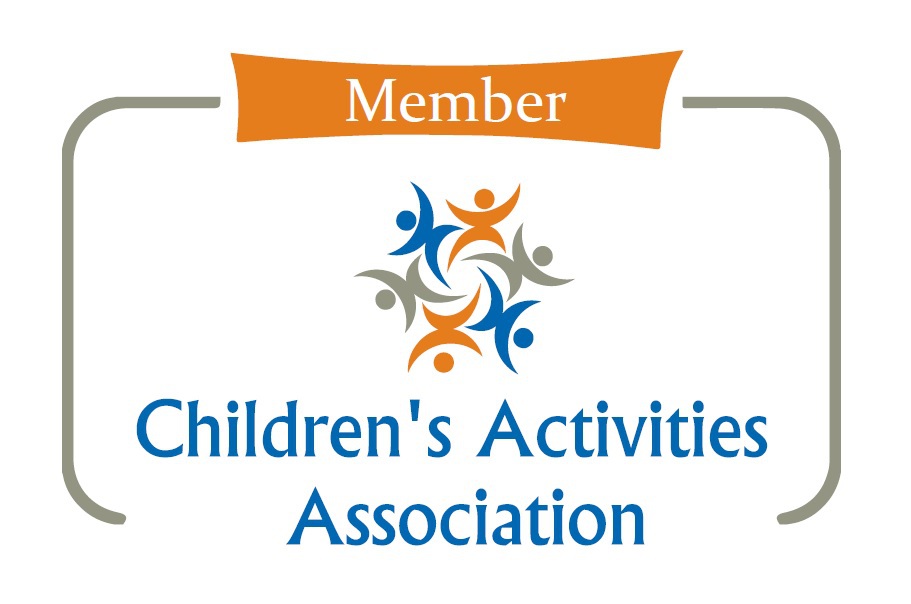We talk a lot about first aid for bumps and bruises, but what about the kind of health issues that don’t get discussed at the school gates or toddler groups? Things like pelvic floor health. If the words “trampoline” or “sneeze” make you clench involuntarily, then you’re not alone – and you’re not broken.
Founder of Mini First Aid Kate Ball is joined by Claire Sparrow, specialist in pelvic health, Pilates guru, and best-selling author of Hope for Your Pelvic Floor. Together, they break the silence on pelvic floor issues like prolapse and postnatal incontinence. But most importantly, Claire shares the message every parent needs to hear:
“There is hope. You don’t have to just put up with it.”
Let’s dive into everything they covered – from symptoms to solutions and why your breath may be the most important exercise of all.
What is the pelvic floor – and why does it matter?
Your pelvic floor is a group of muscles that form a kind of hammock across the bottom of your pelvis. It supports your bladder, bowel and uterus. When it’s working well, you don’t notice it. When it’s not working well? It can affect everything from going to the loo, to pain during sex, to that "I daren’t laugh too hard" feeling.
Yet despite how common pelvic floor dysfunction is, we rarely talk about it. Claire shares:
“It’s estimated that at least 50% of women have some kind of pelvic health issue – whether it’s incontinence, pain, or prolapse. But those are just the ones who report it.”
That means in any group of mum friends, half may be suffering silently. It’s time we stop accepting this as just “what happens when you have kids.”
Wait – what is prolapse?
You might have heard the term “prolapse” whispered in NCT groups or skimmed past it on a parenting forum. But what is it?
In short, pelvic organ prolapse is when an organ (like the bladder, uterus, or bowel) is displaced and presses into the vaginal wall. It’s often described in terrifying terms online – like “fallen organs” – but Claire is quick to clear that up.
“Your organs are supposed to move. That’s normal! But with prolapse, they move in a direction we don’t want – usually downwards. It’s more about a loss of balance than just weak muscles.”
This shift can cause:
- A heavy, dragging or bulging feeling
- Sensation like a tampon is stuck
- Pain in hips or groin
- Pain during intimacy
- Bladder or bowel issues (either leaking or struggling to go)
And it’s not just a childbirth issue. Women who’ve had surgery, hip replacements, falls, or osteoporosis can also be affected.
Why don’t we talk about it?
The biggest barrier to pelvic floor recovery? Shame.
Claire shares how even as a fitness professional and Pilates expert, she felt like she had failed when she first experienced symptoms.
“I thought I was strong, fit, and knew my body – so how had this happened? I followed all the advice… but it made things worse.”
Worse still, many of us joke about it. The classic, “don’t put me near a trampoline!” is masking a bigger problem.
We laugh – but inside, we’re grieving the parts of ourselves we feel we’ve lost. And too often, we’re told this is just what happens after you’ve had a baby.
But does it have to be this way?
The truth about Kegels (and why they might not be helping)
We've all heard the advice:
- “Do your pelvic floor squeezes at the traffic lights.”
- “Clench every time you sneeze.”
- “Squeeze and hold like you’re stopping wee mid-flow.”
But Claire reveals this advice might be overly simplistic – and even counterproductive for some.
“I did all the squeezes and apps. But it actually made my symptoms worse. Because the issue isn’t always weakness – sometimes it’s too much tension.”
That’s right. If your pelvic floor is too tight or unbalanced, doing more clenching exercises could backfire. Your pelvic floor needs to be dynamic – able to lengthen and respond, not just hold tight.
So what should you be doing?

The first step:
Breathe (yes, really!)
Claire’s approach to healing starts with one powerful tool: your breath.
When you breathe fully (especially into your ribcage and diaphragm), your pelvic floor moves with it. On the inhale, it gently stretches. On the exhale, it rises.
“Breath and pelvic floor are like dance partners. But when you’re constantly holding your tummy in – which many of us do without realising – you interrupt that connection.”
So if you’ve ever been told to “pull your tummy in for a flat stomach,” it might actually be causing dysfunctional breathing that weakens the pelvic floor over time.
The first stage of pelvic floor recovery? Relax. Breathe deeply. Reconnect with your body.
The impact of birth injuries
If you’ve had a vaginal birth, chances are you had some degree of tearing or an episiotomy. Even a “normal” birth can leave internal scars that go unacknowledged – and untreated.
“90% of women experience birth injury. That’s 9 in 10. But we’re sent home with our babies and told nothing about our own recovery.”
Scar tissue doesn’t move like healthy tissue. It lacks sensation and communication with the brain. That’s why pelvic health recovery must include restoring movement and sensation, not just strength.
Movement, not just muscle
Once breath and relaxation are in place, then – and only then – is it time to reintroduce movement. But this doesn’t mean endless crunches or heavy gym workouts.
Claire recommends whole-body movement, with a focus on:
- Posture and alignment
- Mobilising the pelvis and hips
- Restoring communication between brain and muscles
Her favourite tool? Pilates – especially with a teacher who understands pelvic health.
“Strength is about control of movement, not just squeezing hard. You want to be able to move, laugh, sneeze, have sex – without pain or leaks.”
How do you find the right help?
You don’t need to suffer in silence, and you don’t need to “just get on with it.”
Claire offers a number of resources:
- Her best-selling book, Hope for Your Pelvic Floor
- Online courses and classes at her Pilates studio
- A free app where you can listen to the Hope for Your Pelvic Floor podcast, join classes & YouTube channel tutorials all for free.
If you’re starting Pilates:
- Look for instructors with pelvic health qualifications
- Be open about your history – even if you were told your birth was “normal”
- Ask if they can tailor movements for prolapse or diastasis recti (abdominal separation)
Bonus tip? Equipment like a Pilates Reformer or Cadillac can support your recovery better than mat work alone.
Busting the biggest pelvic floor myths
Let’s clear up some common misunderstandings:
“It’s just
part of having kids.”
Nope. It’s common, but not normal – and definitely not something
to suffer with forever.
“If I’m
leaking, my pelvic floor must be weak.”
Maybe – but it could also be over-tight or out of sync.
“I just need
to do more squeezes.”
Not if you’re skipping the breath and movement parts.
“My birth
was normal – just a third-degree tear…”
That’s a major injury and deserves rehab, just like any other torn
muscle.
So, what’s the one thing to take away?
We’ll let Claire answer that:
“There is hope. It doesn’t matter how long you’ve been struggling, what your age is, or if you’ve had children or not. You can feel better.”
If you’ve been putting yourself last, this is your permission slip to make your recovery a priority.
Because you deserve to:
- Join in on the trampoline
- Sneeze without fear
- Laugh until your belly hurts
- Enjoy intimacy again
- Feel strong in your body
Final thoughts: Start today
If this is the first time you’ve heard pelvic health spoken about so openly – welcome. You’re not alone, and there is absolutely a way forward.
Start with breath. Explore whole-body movement. Read the stories of other women who’ve been where you are – and come out the other side stronger.
Pelvic health matters. And with the right support, healing is possible.
Helpful resources
- The
Whole Body Pelvic Health website
- Listen to this episode of the Family Health by Mini First Aid
podcast or watch on YouTube

- Follow us on Facebook and/or Instagram, sign up to our newsletter, and of course - subscribe to the Family Health podcast.
Trusted first aid essentials for the family
 Awarded Gold in Best Safety Product at the Mother & Baby Awards 2024, the Family First Aid Kit has been specially created with families in mind. Compact yet comprehensive, it’s packed with hospital-grade essentials to help you handle everyday emergencies, minor illnesses, and little accidents - whether you’re at home, in the car, or out and about. Inside, you’ll find carefully chosen supplies (including a few clever extras that parents will love) all neatly organised in a portable pouch. With its child-friendly touches and thoughtful design, this kit gives families the confidence to be prepared for life’s unexpected moments.
Awarded Gold in Best Safety Product at the Mother & Baby Awards 2024, the Family First Aid Kit has been specially created with families in mind. Compact yet comprehensive, it’s packed with hospital-grade essentials to help you handle everyday emergencies, minor illnesses, and little accidents - whether you’re at home, in the car, or out and about. Inside, you’ll find carefully chosen supplies (including a few clever extras that parents will love) all neatly organised in a portable pouch. With its child-friendly touches and thoughtful design, this kit gives families the confidence to be prepared for life’s unexpected moments.







